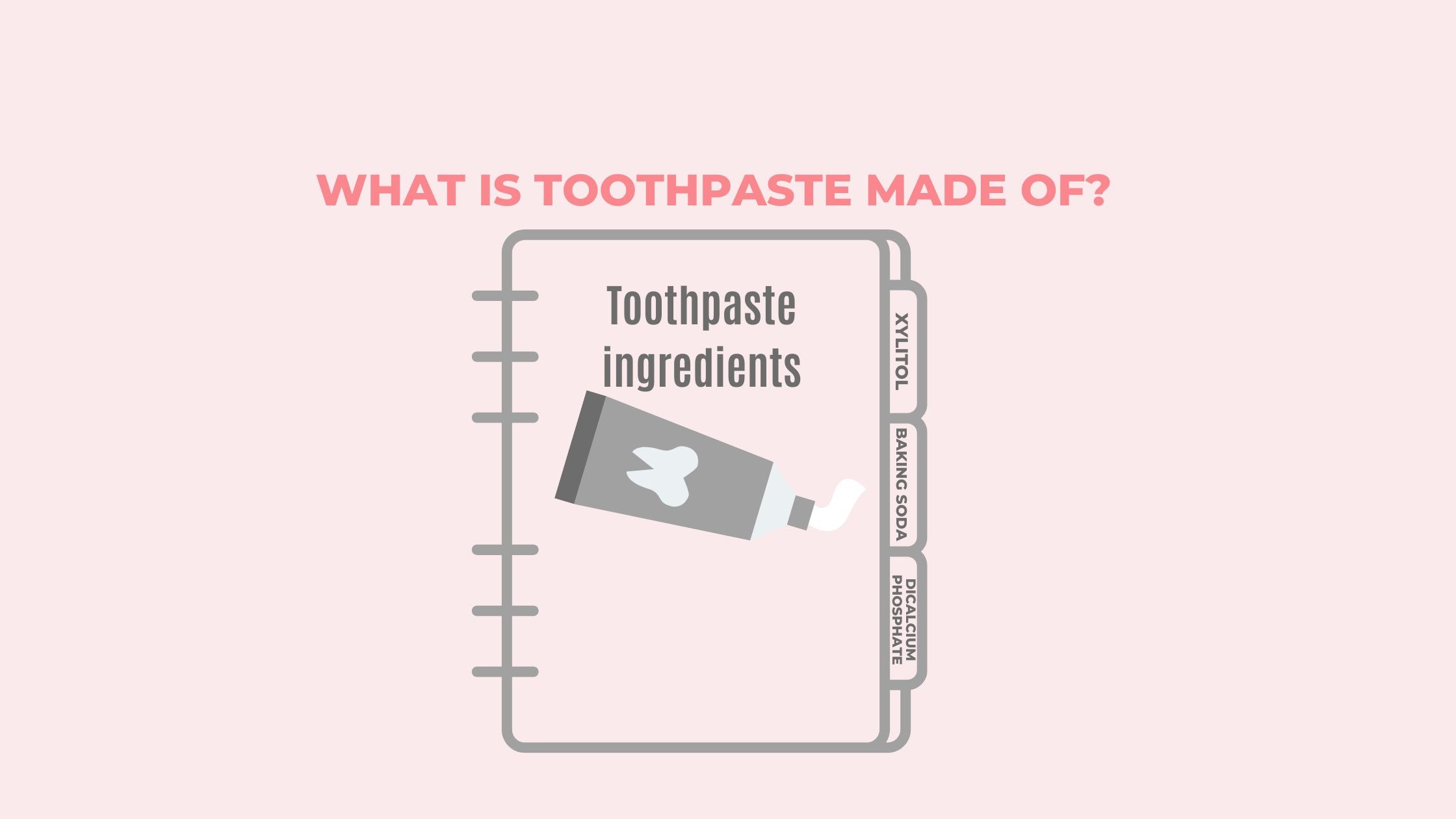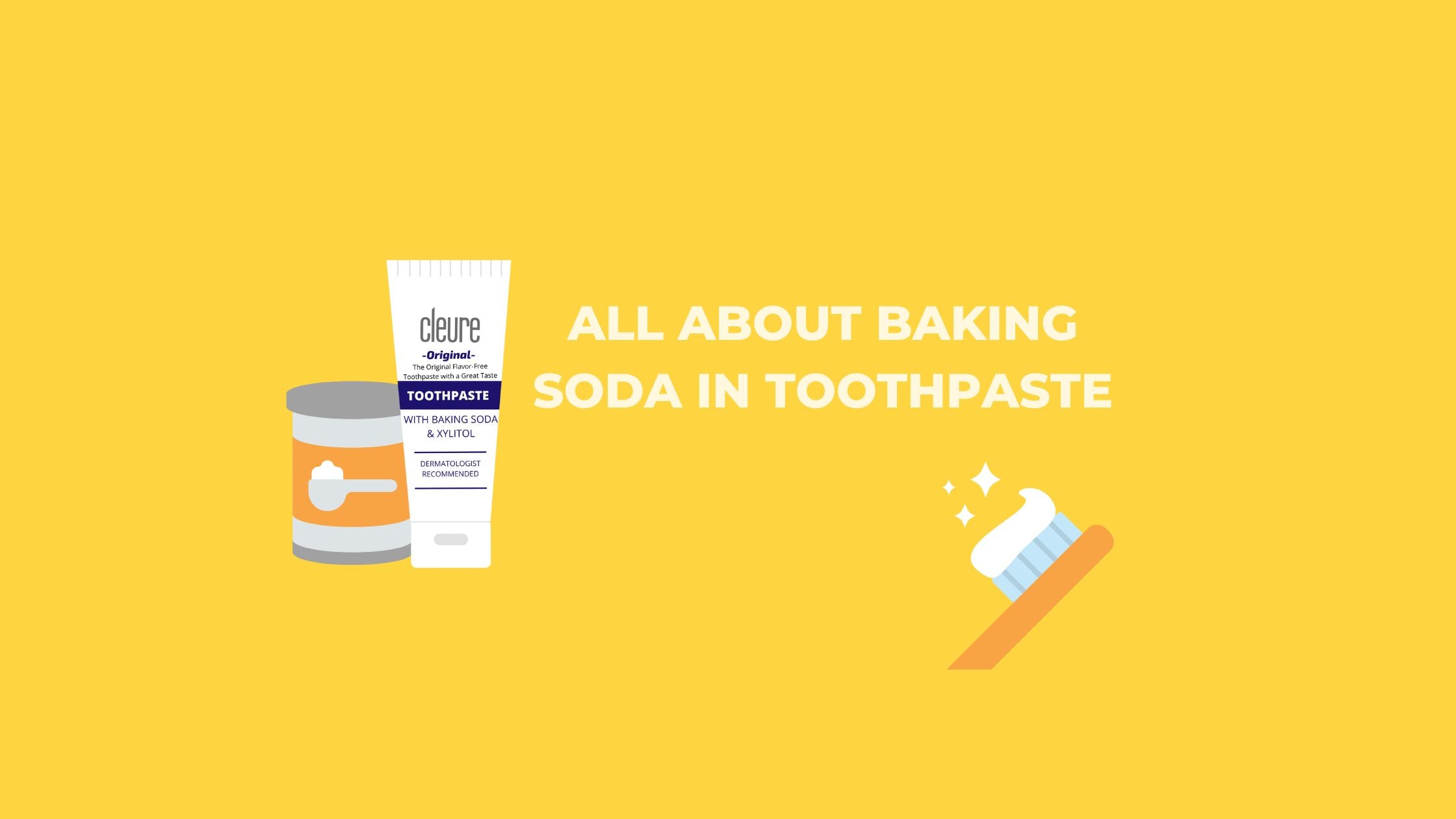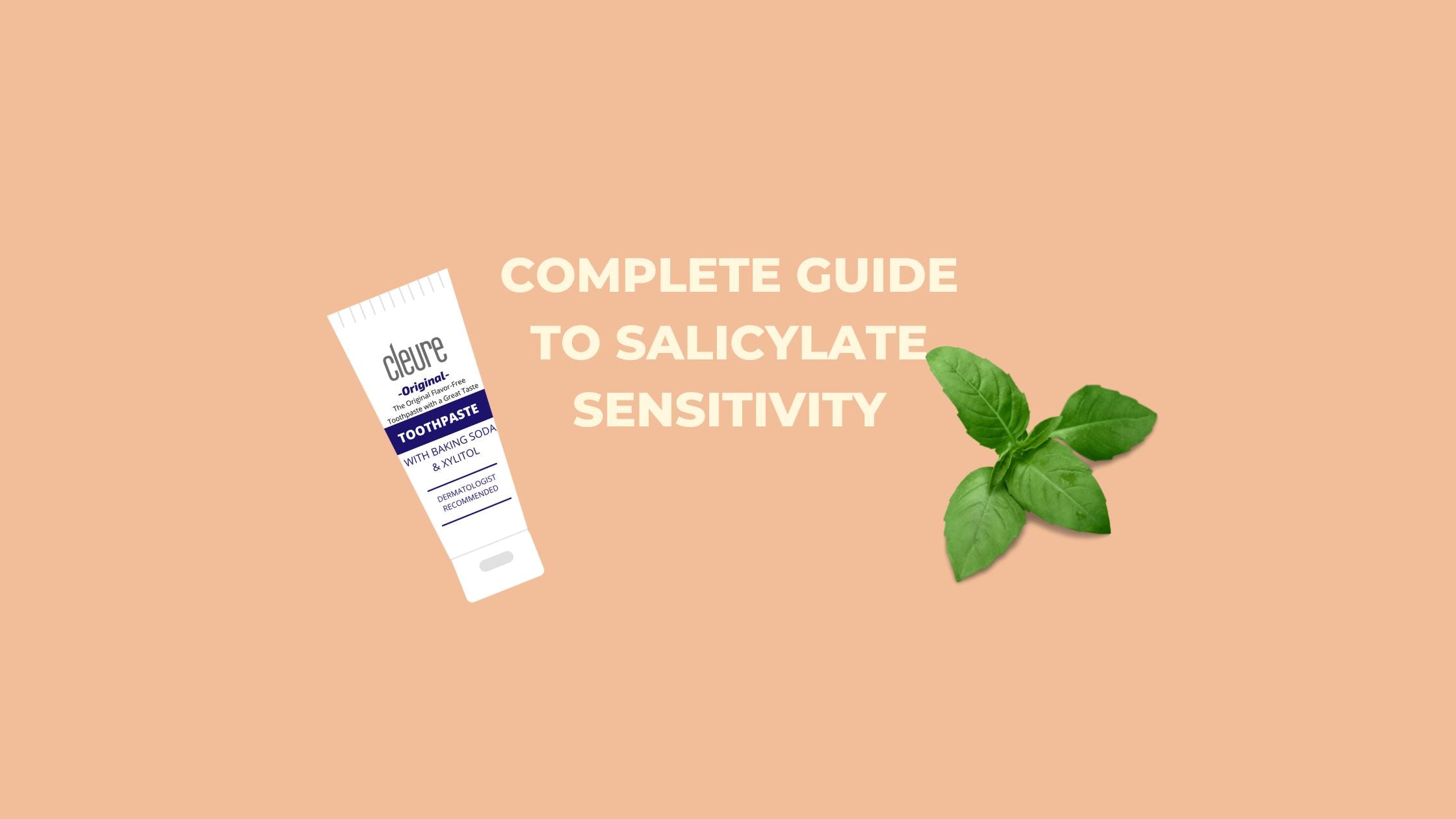
What is Toothpaste Made of?
Toothpaste makes our breath fresh and our mouth feel clean. Cavemen used tree resin to clean their teeth. Ground up animal bones were also used to clean teeth. Toothpaste as we know it was made available in the early 1800s.
Today you'll find a variety of claims on toothpaste labels, such as SLS free toothpaste, toothpaste for sensitive teeth, hydrogen peroxide toothpaste, tartar control toothpaste, natural toothpaste just to name a few. Are these types really different? Toothpaste are typically made of certain ingredients that make it the paste that it is. However, there are many variations, with some more effective than others and some even counter helpful to healthy teeth and gums. This article will explain what toothpaste is made of to help you distinguish between the different types.
Ingredients in Toothpaste:
Water
Toothpaste contain between 20-42% water. This helps it from drying out.
Abrasives
Most brands contain at least 50% abrasives. This may not be a good thing, since abrasives can make your teeth sensitive. It's preferable to find a non-abrasive toothpaste. The best abrasive is baking soda in the right percentage. Baking soda has many benefits, including balancing the pH of saliva and removing stains.
Fluorides
Most often found active ingredient in toothpaste are fluorides. Toothpaste sold in the United States have 1000 to 1100 parts per million fluoride.
There are three types that are used:
- Sodium fluoride (NaF) is the most common source of fluoride in toothpaste
- Stannous fluoride (SnF2)
- Monofluorophosphate (Na2PO3F)
Surfactants
Typically sodium lauryl sulfate (SLS) is used as the surfactant. This is a detergent that also acts as the foaming agent in the toothpaste. This is a harsh ingredient and it's better to find and use an SLS free toothpaste. Studies has reported of it causing canker sores and irritation to the delicate tissues of the mouth.
Antibacterial agents
Triclosan is one of the antibacterial medications used in toothpaste. Unless you have active gum disease, you may benefit from using this type of toothpaste for a limited time. However, long term use may cause more problems than benefits by promoting antibiotic resistant bacteria.
Flavors
Mint is the most common flavor along with peppermint, spearmint and wintergreen. Natural toothpaste brands often use more exotic flavors made from anise, fennel, lavender, and other plants. These types of essential oils may cause allergies and tissue irritation.
Remineralization
Some toothpaste are formulated to help remineralize enamel (outer surface of the tooth). Calcium phosphate is typically the ingredient used.
Humectants
Humectants give toothpaste texture and help to retain moisture to keep it from drying out. Glycerin, sorbitol and water are common humectants. Xylitol is the best type of humectant since it has multiple benefits, including increasing the flow of saliva, which helps prevent dry mouth, and also has been shown in early reports, to help prevent tooth decay.
Thickeners
Carrageenan, cellulose gum, guar gum and xanthan gum are common thickening agents. For those with celiac disease who want to avoid gluten, xanthan gum is a safe alternative. Irritation from this ingredient is rare, with the most common side effect being bloating or gas. This would normally occur by ingesting large quantities of xanthan gum, which would be much higher than what is usually used for toothpaste. Those allergic to soy or corn may want to choose a different type of thickening agent. If inhaled in powder form, xanthan gum can cause respiratory distress.
Preservatives
to help prevent microorganisms from growing in toothpaste, certain preservatives are added. These may include sodium benzoate, methyl paraben, and ethyl paraben. Between the three common preservatives, sodium benzoate is the safest. Some “natural” toothpaste use citric acid. However, overdose of citric acid may cause such side effects as stomach cramps, vomiting and nausea.
Sweeteners
To improve the taste of toothpaste, specially those containing the horrible taste of sodium lauryl sulfate, such sweeteners as saccharin, stevia or xylitol are added. The best form is xylitol, since it does have many benefits for a healthy mouth, as stated earlier.
Coloring agents
artificial dyes and coloring agents are not uncommon in most commercial toothpaste. Titanium dioxide may also be used to make toothpaste white. It's best to avoid toothpaste with artificial dyes and coloring agents.
It's important to know what you're absorbing into your body through your toothpaste. Don't choose toothpaste based on flavor, but how safe and effective it is, as well as taste.
Cleure Natural Toothpaste is formulated to help remineralize teeth naturally without harsh ingredients such as SLS or antibacterial ingredients. It is gentle enough for sensitive teeth and proven to be non-abrasive.



Leave a comment
This site is protected by hCaptcha and the hCaptcha Privacy Policy and Terms of Service apply.